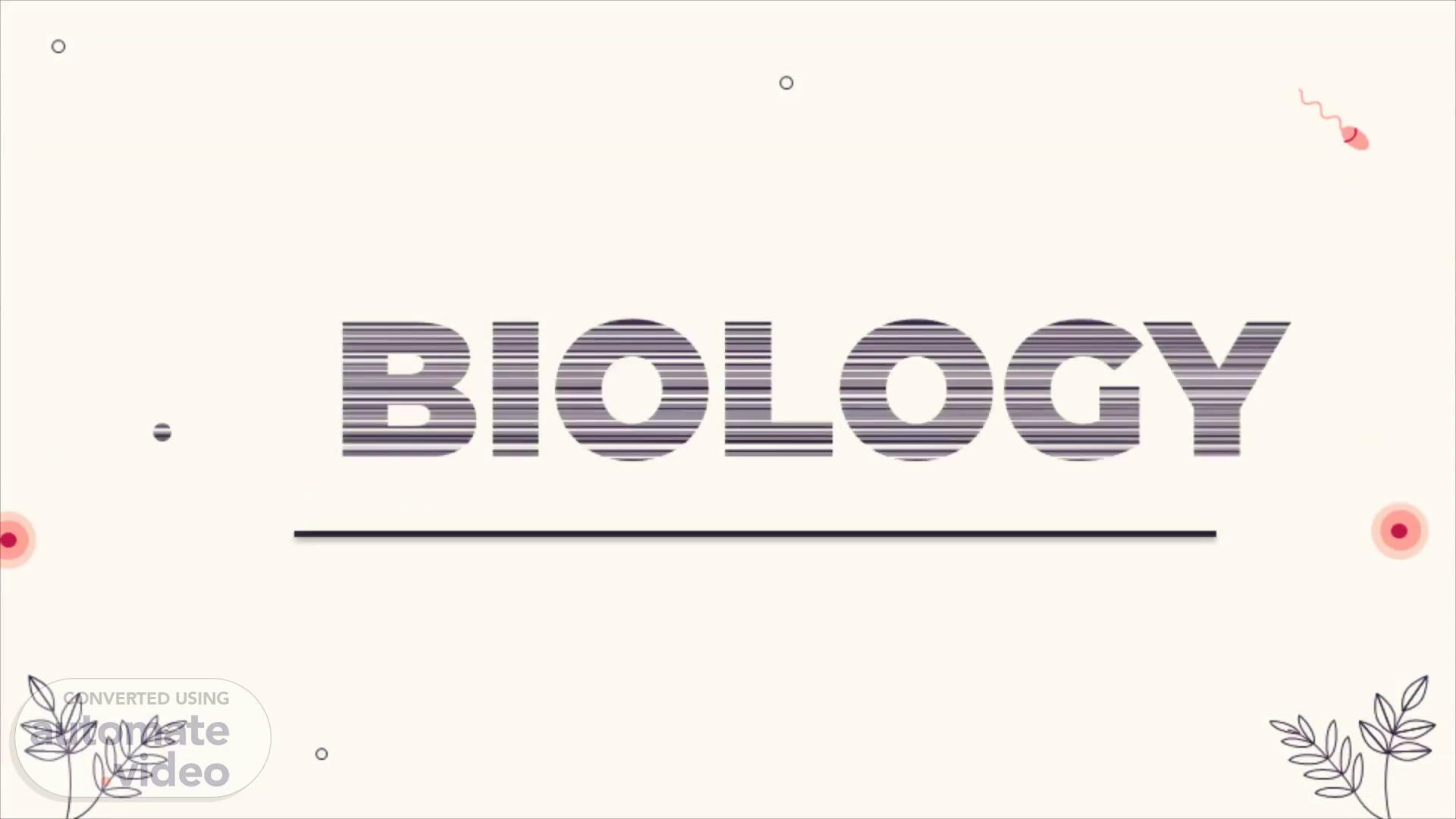Scene 1 (0s)
[Audio] BIOLOGY. BIOLOGY.
Scene 2 (6s)
[Audio] HUMAN REPRODUCTION. HUMAN REPRODUCTION.
Scene 3 (11s)
[Audio] REPRODUCTION an organism, also known as the genital system, is the biological system made up of all the anatomical organs involved in sexual reproduction. PREGNANCY The state of carrying a developing embryo or fetus within the female body. LET DISCUSS THE REPRODUCTION.
Scene 4 (33s)
[Audio] THE HUMAN REPRODUCTION. 01.. THE HUMAN REPRODUCTION.
Scene 5 (41s)
[Audio] INTRODUCTION Human Reproduction any form of sexual reproduction resulting in human fertilization. It typically involves sexual intercourse between a sexually mature person with testes and a person with ovaries..
Scene 6 (58s)
[Audio] OVULATION AND FERTILIZATION OVULATION the process in which a mature egg is released from the ovary. FERTILIZATION The action or process of fertilizing an egg, female animal, or plant, involving the fusion of male and female gametes to form a zygote. LET DISCUSS THE OVULATION.
Scene 7 (1m 23s)
[Audio] THE FEMALE REPRODUCTIVE SYSTEM 01 02. 03. 04. OVARIES One of a pair of female glands in which the eggs form and the female hormones estrogen and progesterone are made. FALLOPIAN TUBES One of two long, slender tubes that connect the ovaries to the uterus. Eggs pass from the ovaries, through the fallopian tubes, to the uterus. UTERUS A muscular organ of the female for containing and usually for nourishing the young during development prior to birth. — called also womb. VAGINA The muscular canal that goes from the uterus to the outside of the body. During birth, the baby passes through the vagina. Also called birth canal..
Scene 8 (2m 23s)
[Audio] OVULATION AND FERTILIZATION OVULATION the process in which a mature egg is released from the ovary. FERTILIZATION The action or process of fertilizing an egg, female animal, or plant, involving the fusion of male and female gametes to form a zygote. LET DISCUSS THE FERTILIZATION.
Scene 9 (2m 48s)
[Audio] THE MALE REPRODUCTIVE SYSTEM 01 02 03. 04. 05. 06. TESTIS A typically paired male reproductive gland that produces sperm and secretes testosterone and that in most mammals is contained within the scrotum at sexual maturity. SCROTUM A part of a male's body that is located below the penis. The scrotum is the sac ( pouch) that contains the testes, epididymis, and the lower part of the spermatic cord ( blood vessels and vas deferens). PENIS The male genital organ of higher vertebrates, carrying the duct for the transfer of sperm during copulation. In humans and most other mammals, it consists largely of erectile tissue and serves also for the elimination of urine. PROSTATE A gland in the male reproductive system. The prostate surrounds the part of the urethra (the tube that empties the bladder) just below the bladder, and produces a fluid that forms part of the semen. SEMINAL VESICLE A part of the anatomy that's typically considered male. The two seminal vesicles are glands that produce the fluids that will turn into semen. The vesicles may also be called seminal glands or vesicular glands. VAS DEFERENS A sperm-carrying duct especially of a higher vertebrate that in the human male is a thick-walled tube about two feet ( 0.61 meters) long that begins at and is continuous with the tail of the epididymis and eventually joins the duct of the seminal vesicle to form the ejaculatory duct..
Scene 10 (4m 42s)
[Audio] PHASES OF PREGNANCY. ]. PHASES OF PREGNANCY.
Scene 11 (5m 0s)
[Audio] STAGES OF PREGNANCY WEEK 1 - 12 During the first trimester your body undergoes many changes. Hormonal changes affect almost every organ system in your body. These changes can trigger symptoms even in the very first weeks of pregnancy. WEEK 13 - 28 Most women find the second trimester of pregnancy easier than the first. But it is just as important to stay informed about your pregnancy during these months. You might notice that symptoms like nausea and fatigue are going away. But other new, more noticeable changes to your body are now happening. Your abdomen will expand as the baby continues to grow. And before this trimester is over, you will feel your baby beginning to move! WEEK 29 - 40 You're in the home stretch! Some of the same discomforts you had in your second trimester will continue. Plus, many women find breathing difficult and notice they have to go to the bathroom even more often. This is because the baby is getting bigger and it is putting more pressure on your organs. Don't worry, your baby is fine and these problems will lessen once you give birth. WEEK 40 Your baby's brain and spinal cord have begun to form. The heart begins to form. Arm and leg buds appear. Your baby is now an embryo and one- twenty-fifth inch long..
Scene 12 (7m 1s)
[Audio] XY METHOD: SEX DETERMINATION. XY METHOD: SEX DETERMINATION.
Scene 13 (7m 12s)
WHAT'S HAPPENING INSIDE. PREGNANCY PHASES. A typical pregnancy lasts 40 weeks from the first day of your last menstrual period (LMP) to the birth of the baby. It is divided into three stages, called trimesters: first trimester, second trimester, and third trimester..
Scene 14 (7m 35s)
OVULATION. CYCLE. CONCEPTION. OVULATION AND FERTILIZATION.
Scene 15 (8m 0s)
BIRTH RATE IN RECENT YEARS. 2022 2022 2021 2020 2019 17.667999999999999 17.873000000000001 18.077000000000002 18.282 2021 2022 2021 2020 2019 2020 2022 2021 2020 2019 2019 2022 2021 2020 2019.
Scene 16 (8m 14s)
[Audio] The current birth rate for World in 2022 is 17.668 births per 1000 people, a 1.15% decline from 2021. The birth rate for World in 2021 was 17.873 births per 1000 people, a 1.13% decline from 2020. The birth rate for World in 2020 was 18.077 births per 1000 people, a 1.12% decline from 2019. The birth rate for World in 2019 was 18.282 births per 1000 people, a 1.1% decline.
Scene 17 (8m 56s)
[Audio] Thank you Chenie Ann R. Boado BSIT 2A. Chenie Ann R. Boado BSIT 2A.
